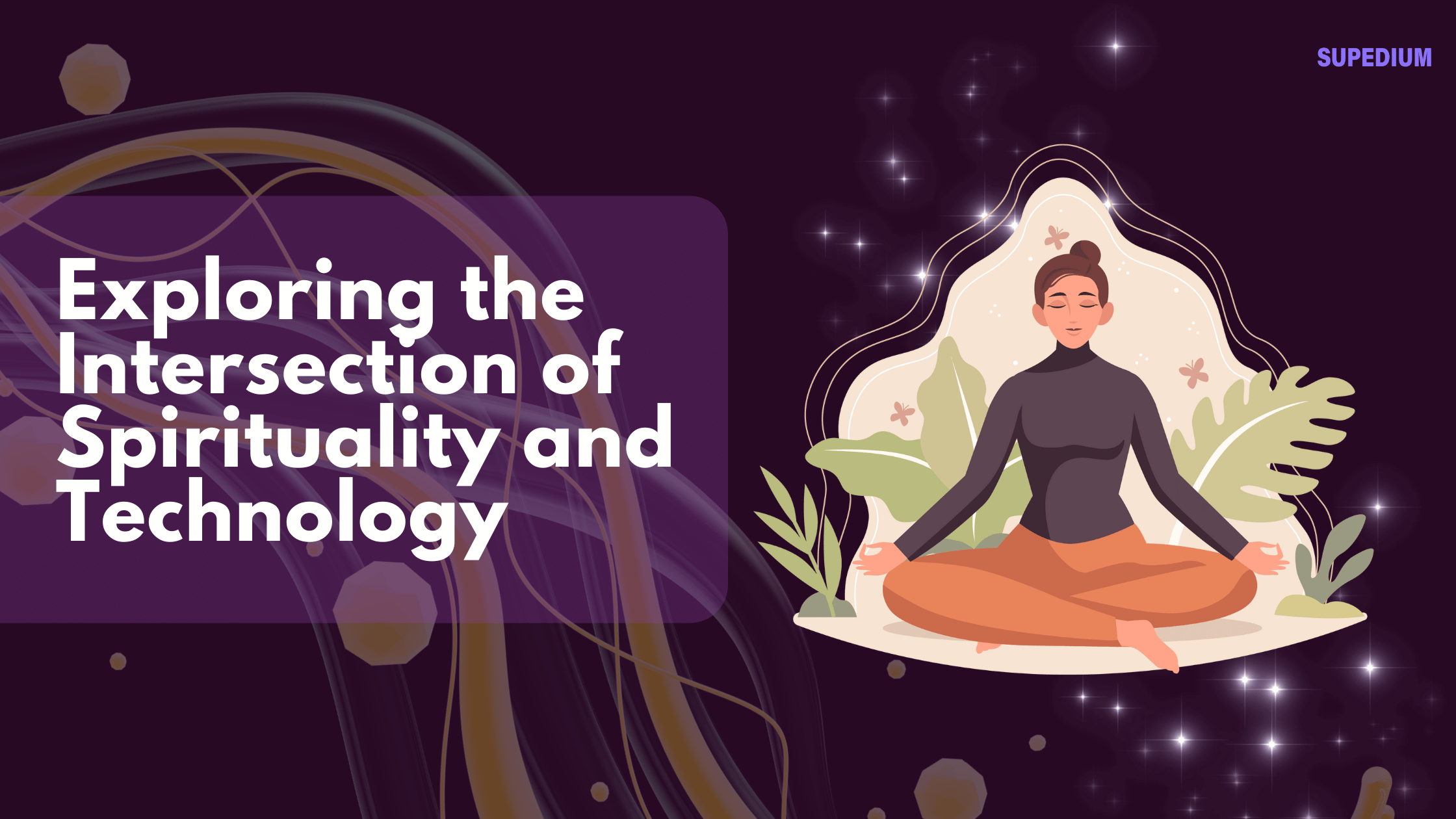Table of Contents
- 1 I. Introduction
- 2 II. Historical Context
- 3 III. Technology as a Tool for Spiritual Practice
- 4 IV. The Impact of Technology on Spirituality
- 5 V. The Role of Artificial Intelligence (AI) in Spirituality
- 6 VI. The Philosophical and Ethical Implications
- 7 VII. Future Trends and Predictions
- 8 VIII. Conclusion
![]()
I. Introduction
In today’s rapidly evolving world, the intersection of spirituality and technology presents both intriguing opportunities and challenges. Spirituality, often understood as a personal and subjective experience of connection to something greater than oneself, can take many forms, differing significantly from organized religion. Conversely, technology encompasses the tools and systems designed to solve problems and enhance our lives, playing a pivotal role in modern society. This article explores how technology influences spiritual practices and investigates the potential for technology to enhance or detract from spiritual experiences.
II. Historical Context
A. Evolution of Spiritual Practices
Throughout history, spiritual practices have evolved, adapting to the cultural and technological contexts of their times. Traditional practices such as meditation, prayer, and rituals have provided individuals with frameworks for understanding their experiences and fostering connections to the divine. Innovations like the printing press facilitated the spread of spiritual texts, while radio and television allowed spiritual leaders to reach wider audiences.
B. Rise of Digital Technology
The advent of digital technology, particularly the internet and mobile communication, has fundamentally transformed how people engage with spirituality. As social media emerged, it created new platforms for spiritual dialogue and community-building, reshaping the landscape of spiritual expression.
III. Technology as a Tool for Spiritual Practice
A. Online Communities and Support
The internet has democratized access to spiritual resources, allowing individuals to connect with like-minded people across the globe. Virtual groups and forums provide spaces for spiritual discussion, support, and the sharing of diverse teachings. This accessibility has empowered individuals to explore various spiritual paths and practices that might have been unavailable in their local communities.
B. Meditation and Mindfulness Apps
Meditation and mindfulness apps, such as Headspace and Calm, have gained immense popularity, offering guided meditations, breathing exercises, and mindfulness techniques. These tools not only make spiritual practices more accessible but also provide users with data and insights about their mental well-being, fostering personal growth and self-awareness.
C. Virtual Reality (VR) and Augmented Reality (AR)
Emerging technologies like virtual and augmented reality are revolutionizing spiritual experiences. VR can create immersive environments for guided meditations or spiritual journeys, allowing users to engage deeply with their practices. Similarly, AR can enhance religious rituals, providing additional layers of meaning and connection in physical spaces.
IV. The Impact of Technology on Spirituality
A. Positive Effects
The integration of technology into spirituality has numerous positive effects. Increased access to spiritual resources empowers individuals to explore diverse beliefs and practices, fostering a more inclusive spiritual landscape. Furthermore, technology facilitates global connections, enabling cultural exchanges that enrich spiritual traditions.
B. Negative Effects
However, the reliance on technology can also present challenges. An over-dependence on digital tools for spiritual experiences may lead to a disconnection from traditional practices and local communities. This disconnection raises questions about the authenticity and depth of spiritual experiences when mediated by screens.
C. Case Studies
Analyzing specific examples highlights these impacts. Online churches and virtual religious services have emerged, allowing worshipers to participate from anywhere in the world. While these platforms provide convenience and accessibility, they can also lead to a sense of isolation or superficial engagement in some individuals.
V. The Role of Artificial Intelligence (AI) in Spirituality
A. AI in Personal Guidance
Artificial intelligence is beginning to play a role in spiritual guidance, with chatbots and virtual assistants offering personalized spiritual advice. While this may enhance accessibility, it also raises ethical concerns about the authenticity and depth of guidance provided by non-human entities.
B. Content Creation and Curation
AI is also involved in the creation and curation of spiritual content. Algorithms can determine which spiritual teachings are most visible online, potentially shaping users’ perceptions and experiences of spirituality based on curated content rather than organic discovery.
VI. The Philosophical and Ethical Implications
A. The Nature of Connection
The relationship between technology and spirituality prompts reflection on authenticity versus artificiality. Are digital spiritual experiences as meaningful as those grounded in physical communities? As spirituality increasingly intersects with technology, the definition of community itself may evolve, raising questions about connection and belonging.
B. The Search for Meaning
The central quest for meaning remains constant, but the ways in which individuals seek that meaning may change. Can technology facilitate deeper spiritual understanding, or does it risk trivializing profound experiences? Striking a balance between technological engagement and transcendent experiences is crucial.
VII. Future Trends and Predictions
A. Integration of Wearable Technology
Looking ahead, wearable technology may play a significant role in promoting mindfulness and spiritual awareness. Devices that track biometrics could offer insights into one’s mental state during spiritual practices, helping users cultivate a deeper understanding of their inner lives.
B. Potential for Hybrid Practices
The future may see the rise of hybrid practices that blend traditional spirituality with modern technology. As individuals navigate their spiritual journeys, new forms of expression and rituals may emerge, reflecting the complexities of contemporary life.
VIII. Conclusion
The exploration of the intersection between spirituality and technology reveals a landscape rich with potential and pitfalls. While technology can enhance accessibility and facilitate connections, it can also pose challenges to authenticity and community. As individuals navigate this evolving terrain, a mindful integration of technology into spiritual practices will be essential for fostering genuine connections and deeper understanding in an increasingly digital world.
Share This





Be the first to comment